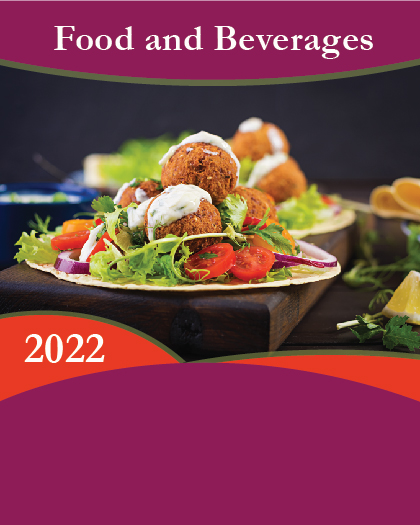
According to a new report published by Allied Market Research, titled,"De-oiled Lecithin Market by Form, Source, and Application: Global Opportunity Analysis and Industry Forecast, 2018 - 2025,"the de-oiled lecithin market was valued at $152,906.4 thousand in 2017, and is projected to reach $396,526.4 thousand by 2025, growing at a CAGR 12.4% from 2018 to 2025. The soy form segment accounted for maximum share in 2017.
De-oiled lecithin is organic and an essential alternative to crude lecithin as it contains larger concentration of phospholipids. It is almost oil-free and thus increases its adoption among the health conscious consumers widely. It is a great source of phospholipids, and hence, has the potential to be largely used in healthcare and food industry. The food & beverage industry plays a key role in the dietary aspect of a healthy lifestyle. Natural and functional ingredients have been witnessing a rise in demand, as a result of this trend. It has its application in confectionery and bakery industry owing to its blending and fat dispersion properties. It is available in the form of powders and granules. Prominent players and large corporates are developing their products to follow the consumer trends and boost the company growth to occupy major de-oiled lecithin market share.
The key factor that fuels the growth of the global de-oiled lecithin market include rise in demand for organic and green food products. Moreover, growth in trends among consumers involving weight loss and calorie concern fuel the market growth. In addition, several countries have banned the manufacturing of GMO food. This results in growing demand for non-GMO food ingredients, therefore providing huge opportunities for de-oiled lecithin manufacturers. Also, consumers want precise, detailed, and reliable information regarding the foods they consume. Therefore, food labeling is a medium through which consumers acquire knowledge about the food they consume. This is another interesting factor that drives the de-oiled lecithin market. However, genetically modified food (GMO) may act as a threat to the environment that is expected to hamper the de-oiled lecithin market growth. Also, excess usage of de-oiled lecithin may cause several diseases such as diarrhea, nausea, stomach pain, and others that restrict the de-oiled lecithin market growth.
The de-oiled lecithin market is witnessing significant opportunities owing to increase in demand for label-friendly products among consumers as it is a medium through which consumers get details about the food they consider buying. Also, it has an advantage of neutral color and flavor and is an essentially ready nutraceutical that offers nutritional benefits to consumers.
The soy segment dominated the global de-oiled lecithin market with around 35% share of the overall revenue in 2017. The healthcare segment is expected to witness significant growth during the forecast period, owing to the rise in health awareness among consumers globally as de-oiled lecithin is used for treating memory disorders such as Alzheimer and dementia. It also used to improve cardiovascular health and helps in digestion. Furthermore, granulated segment is expected to grow at the highest CAGR during the forecast period, as it contains essentially ready nutraceutical that offers nutritional benefits to consumers.
According to Shankar Bhandalkar, Senior Research Analyst, Food & Beverages at Allied Market Research, The rise in demand for green and organic food products worldwide and growth in trends among consumers seeking weight loss is anticipated to drive the de-oiled lecithin market growth. Asia-Pacific is witnessing increase in demand for de-oiled lecithin, owing to rise in working population and growth in demand for convenience food products.
Key Findings of the De-oiled Lecithin Market:
Based on region, Asia-Pacific is anticipated to lead the de-oiled lecithin industry in 2025, growing at a CAGR of 13.5%, in terms of value.
In 2017, based on form, the granulated segment occupied nearly 85% of the de-oiled lecithin market share.
In 2017, based on source, the soy segment dominated the overall de-oiled lecithin market and is expected to grow at a moderate rate during the forecast period.
In 2017, based on application, the food segment occupied around 44% of the de-oiled lecithin market size.
In 2017, Asia-Pacific accounted for nearly 46.93% of the total de-oiled lecithin market size, and is expected to continue this trend.
The major companies profiled in the report include are Cargill, Inc., Archer Daniels Midland Company, Clarkson Grain Company, Inc., GIIAVA India Pvt. Ltd., Austrade Inc., Bunge Limited., Amitex Agro Products Pvt. Ltd., Novastell Essential Ingredients, DowDupont, and Stern-Wywiol Gruppe.
























